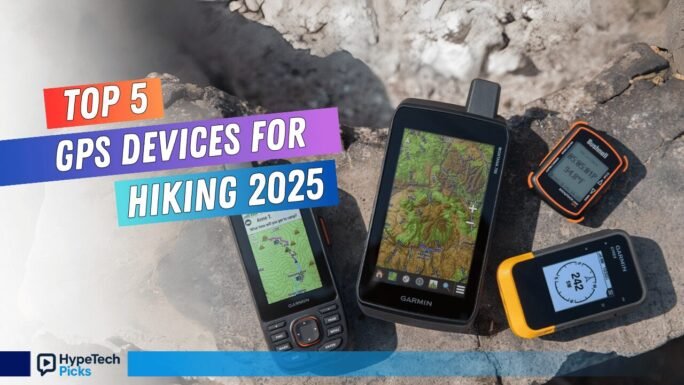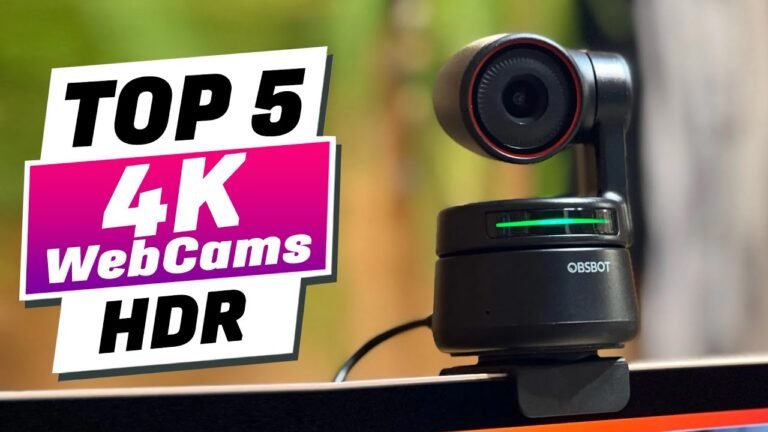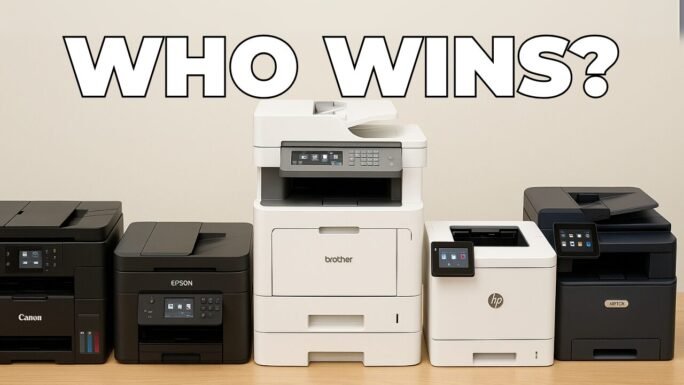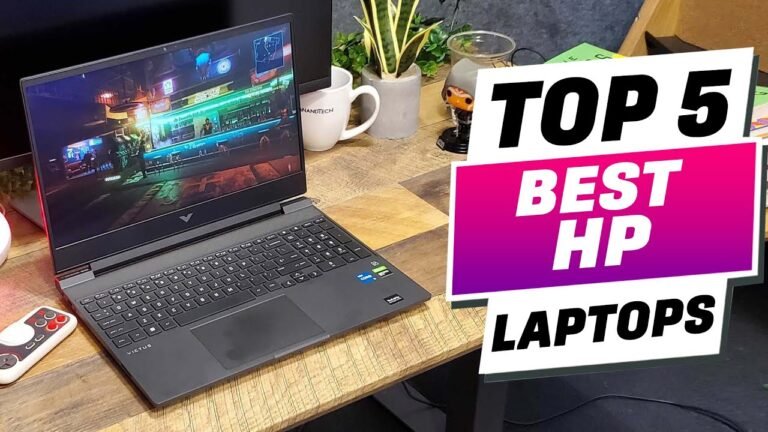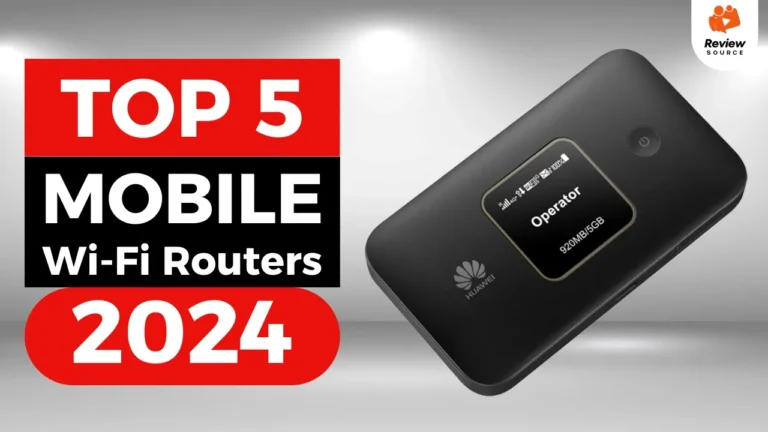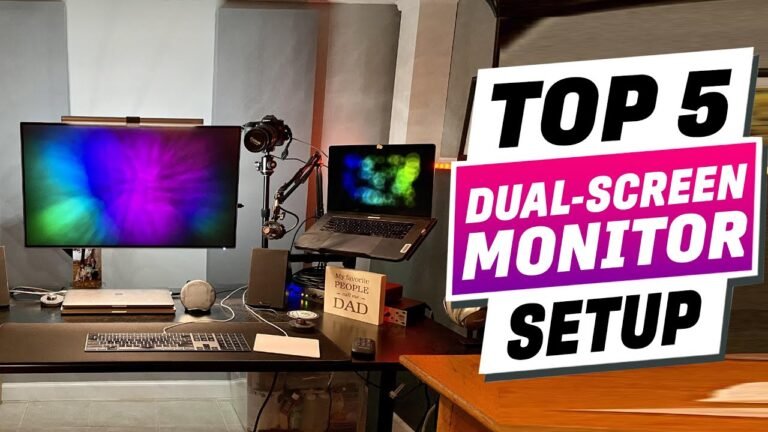5 Best GPS Devices for Hiking of 2025: Your Guide to Staying on Course
Exploring remote trails demands precision, reliability, and ease of use. The best GPS device for hiking combines rugged durability, accurate tracking, and long battery life, ensuring adventurers stay on course and safe while discovering breathtaking landscapes without fear of losing their way.
Whether you’re tackling challenging mountain routes or venturing into unfamiliar backcountry, having a dependable GPS device is crucial. Our top picks for 2025 offer cutting-edge navigation, communication, and safety features designed to keep you connected, informed, and confident on every journey.
Table of Contents
At a Glance: Top 5 Best GPS Devices for Hiking
| Product Name | Key Features | Ideal Use |
|---|---|---|
| Garmin GPSMAP 66i | 3-inch sunlight-readable display, interactive SOS, two-way messaging, preloaded TOPO maps, multiple GNSS support | Serious outdoor adventurers, multi-day treks, comprehensive navigation, satellite communication |
| Garmin inReach Mini 2 | Ultra-compact, two-way messaging, interactive SOS, TracBack routing, MapShare location sharing | Lightweight backpacking, off-grid communication, emergency safety, retracing steps |
| Garmin eTrex 22x | 2.2-inch sunlight-readable color display, preloaded TopoActive maps, GPS/GLONASS support, 25-hour battery life (AA) | Casual hiking, geocaching, simple navigation, extended trips without recharging |
| Garmin epix Pro | Multi-band GPS with SatIQ, preloaded maps, built-in LED flashlight, solar charging, military standards durability | Premium multisport, advanced training, extended backcountry, rugged conditions, health tracking |
| Garmin inReach Messenger | Compact satellite communicator, two-way global text, group chat, interactive SOS, Garmin Messenger app integration | Off-grid communication, emergency safety, long hikes, cost-effective messaging |
Top 5 Best GPS Devices for Hiking 2025
🥇1. Garmin GPSMAP 66i
Rugged Reliability for Serious Adventurers: The Garmin GPSMAP 66i is built for demanding outdoor explorers, offering rugged durability and a comprehensive suite of navigation features. Its large, sunlight-readable color display makes viewing maps and data easy in any condition, while interactive SOS and two-way messaging provide critical communication from virtually anywhere.
- Large, 3-inch sunlight-readable color display for clear viewing.
- Interactive SOS function and two-way messaging via global Iridium satellite network (subscription required).
- Preloaded TOPO maps and direct-to-device Birdseye satellite imagery downloads.
- Multiple GNSS support (GPS, GLONASS, Galileo) and built-in altimeter, barometer, and compass for improved accuracy.
- Internal rechargeable lithium battery offers up to 35 hours in 10-minute tracking and 200 hours in Expedition mode.
🥈2. Garmin inReach Mini 2
Ultra-Compact Satellite Communication and Navigation: The Garmin inReach Mini 2 is an ideal companion for hikers and backpackers who need satellite communication in an incredibly lightweight package. It clips easily to a pack and offers two-way messaging and interactive SOS features through the Iridium network, providing a dependable safety net for off-grid adventures.
- Ultra-compact and lightweight, easily clips to a pack or fits in a pocket.
- Offers two-way messaging and interactive SOS features via the Iridium network (active subscription required).
- TracBack routing allows you to retrace your steps back to your starting point.
- Share your location with friends and family using MapShare or embedded coordinates in messages.
- Digital compass provides accurate heading information even when standing still.
- Up to 14 days of battery life in 10-minute tracking mode.
🥉3. Garmin eTrex 22x
Simple, Reliable Handheld GPS: The Garmin eTrex 22x continues its tradition as a reliable and user-friendly handheld GPS unit perfect for hiking, biking, and geocaching. Its sunlight-readable color display and preloaded TopoActive maps make route planning straightforward, while support for multiple satellite systems ensures strong reception in challenging environments.
- 2.2-inch sunlight-readable color display with improved 240 x 320 pixel resolution.
- Preloaded with TopoActive maps covering routable roads and trails for easy planning.
- Supports both GPS and GLONASS satellite systems for stronger reception in challenging environments.
- Includes 8 GB of internal memory with a microSD slot for additional map downloads.
- Runs on two AA batteries, offering up to 25 hours of GPS tracking time.
🏅4. Garmin epix Pro
Premium Multisport GPS Smartwatch with Advanced Navigation: The Garmin epix Pro combines advanced navigation and training features in a sleek, wrist-worn design. Boasting multi-band GPS with SatIQ technology for pinpoint accuracy and a built-in LED flashlight, it’s ideal for hikers who want comprehensive data and safety in a durable, high-end smartwatch.
- Multi-band GPS with SatIQ technology for pinpoint accuracy.
- Preloaded maps for golf courses, ski resorts, and outdoor adventures, plus Up Ahead navigation prompts.
- Built-in LED flashlight with variable intensities and strobe modes for enhanced safety.
- Solar charging extends battery life dramatically (up to 14 days in smartwatch mode, 46 hours in GPS mode).
- Scratch-resistant sapphire solar-charged display and military-standard durability for extreme conditions.
🏅5. Garmin inReach Messenger
Compact and Cost-Effective Satellite Messaging: The Garmin inReach Messenger is a powerful yet compact satellite communicator designed to keep you connected when cell coverage disappears. This lightweight device enables global two-way text messaging and group chats via the Iridium satellite network, offering peace of mind and reliable off-grid communication.
- Compact and lightweight satellite communicator for off-grid connectivity.
- Enables two-way text messaging globally via the Iridium satellite network (active subscription required).
- Integrates seamlessly with the Garmin Messenger smartphone app for enhanced functionality.
- Can trigger an interactive SOS to the Garmin IERCC 24/7-staffed monitoring center during emergencies.
- Allows sharing of GPS locations with multiple contacts simultaneously.
- Offers preset messages that do not count toward your text allotment.
Final Verdict
Choosing the best GPS device for hiking depends on your specific adventure needs. For serious outdoor enthusiasts requiring rugged reliability, comprehensive mapping, and satellite communication, the Garmin GPSMAP 66i is an outstanding choice. Backpackers prioritizing an ultra-compact device for essential satellite messaging and navigation will find the Garmin inReach Mini 2 invaluable. The Garmin eTrex 22x offers a simple, reliable, and affordable handheld GPS for casual hikers and geocachers. For those who desire advanced navigation, training features, and extreme durability in a premium smartwatch, the Garmin epix Pro is unmatched. Lastly, the Garmin inReach Messenger provides compact, cost-effective, and dependable off-grid communication for staying safe and in touch.
| Product | Best For |
|---|---|
| Garmin GPSMAP 66i | Serious adventurers needing comprehensive maps, reliable navigation, and satellite communication. |
| Garmin inReach Mini 2 | Lightweight backpacking, essential satellite messaging, and emergency safety in a compact form. |
| Garmin eTrex 22x | Casual hiking, geocaching, and straightforward, reliable handheld navigation on a budget. |
| Garmin epix Pro | Multisport training, advanced navigation, and extreme durability in a high-end GPS smartwatch. |
| Garmin inReach Messenger | Cost-effective off-grid messaging, group communication, and emergency SOS for remote travel. |
Frequently Asked Questions (FAQs)
What is the difference between a handheld GPS and a GPS smartwatch for hiking?
A handheld GPS, like the Garmin GPSMAP 66i or eTrex 22x, typically offers a larger screen, longer battery life (especially with replaceable batteries), and more robust physical buttons, ideal for dedicated navigation. A GPS smartwatch, like the Garmin epix Pro, integrates navigation with fitness tracking, heart rate monitoring, and smartphone notifications, offering convenience for multi-sport users in a wrist-worn format.
Why is satellite communication important for hiking GPS devices?
Satellite communication, featured in devices like the Garmin inReach Mini 2 and Messenger, is crucial for remote hiking where cell service is unavailable. It allows for two-way messaging with friends and family, location sharing, and, most importantly, triggering an interactive SOS to a 24/7 search and rescue center in emergencies, providing a vital safety net.
What does “multiple GNSS support” mean for GPS accuracy?
Multiple GNSS (Global Navigation Satellite System) support means a device can use signals from various satellite constellations like GPS, GLONASS, and Galileo. This enhances accuracy and reliability, especially in challenging environments such as deep canyons, dense forests, or mountainous terrain where a single system might struggle to maintain a strong signal.
Are maps preloaded on these devices, or do I need a subscription?
Many Garmin devices, such as the GPSMAP 66i and eTrex 22x, come with preloaded TOPO or TopoActive maps. Some also offer direct-to-device Birdseye satellite imagery downloads without an annual subscription. While the maps are often included, satellite communication features (like two-way messaging and SOS) typically require an active satellite subscription.
How do I plan and manage trips with these GPS devices?
Garmin offers the Garmin Explore website and app, which integrate seamlessly with many of its GPS devices. This platform allows you to plan trips, create waypoints and courses, manage routes, and review your activities. You can sync this data directly to your device or smartphone, simplifying preparation and post-adventure analysis.
What kind of battery life can I expect from a hiking GPS device?
Battery life varies widely depending on the device type and usage. Handheld GPS units with AA batteries (like the eTrex 22x) can offer up to 25 hours. Devices with internal rechargeable batteries or solar charging (like the GPSMAP 66i or epix Pro) can range from 35 hours to hundreds of hours in expedition modes, providing ample power for multi-day treks.
Last update on 2025-10-10/Affiliate links / Images from Amazon Product Advertising API

